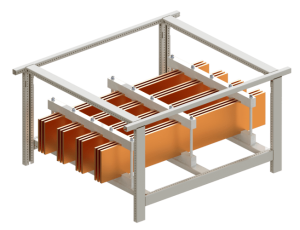
PROCESS OF SELECTING THE CORRECT BUSBAR SUPPORTS AND IT’S IMPORTANCE
Importance of Busbar Supports in LV Switchgears Busbar supports play vital role in Low Voltage switchgears. Main idea is to hold and provide insulation to conductive busbars, which carry electrical currents inside the switchgear. These busbar supports secure the spacing between them and the proper alignment, avoiding any accidental contacts
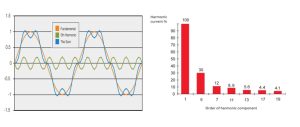
Harmonic Generation in Motor Drives
Harmonics play a significant role in the world of electrical power systems. They are integer multiples of the fundamental frequency and are responsible for shaping the quality of electrical waveforms. The fundamental frequency from the power grid is mostly 50Hz and 60Hz, also known as the ‘1st Harmonic.’ As we
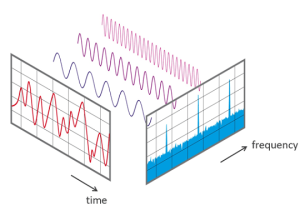
Effects of Harmonics for power factor correction Capacitor Banks
Do the harmonics in your distribution system is a potential threat for your capacitor bank? Yes. When a capacitor bank is installed in a harmonic rich environment, they create a low impedance path and magnify the magnitude of current and voltage harmonics in a system resulting in parallel resonant

Safeguarding Electrical Systems: Best Practices for Switchboard Earthing
Introduction Electrical switchboards serve as the nerve centers of power distribution in buildings, industries, and various facilities. The smooth operation of these vital systems hinges on their proper earthing. Earthing, or grounding, of electrical switchboards is a critical safety measure that must be meticulously implemented to prevent accidents, ensure equipment
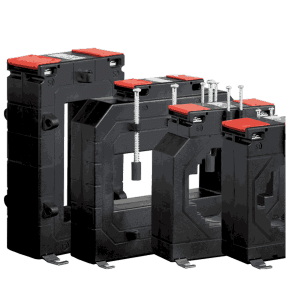
Current Transformer Fundamentals
Current Transformers (CTs) are commonly utilized for current monitoring purposes or for the conversion of primary current to reduced secondary current, which can be utilized by meters, relays, control equipment, and other instruments. CTs, which function as current transformers, reducing the magnitude of the measured current to a standardized value
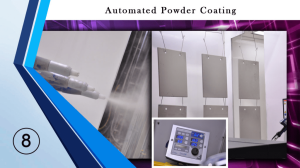
Powder Coating – Importance of maintaining bath concentration in conversion coating tanks
Pretreatment is the most important step when powder coating process is concerned. Pretreatment process usually does the removal of contaminants on metal surface which enhance coating performance. Once the rust, oil and scale are chemically cleaned by the pretreatment system, the base metal is exposed for oxidation. To avoid this,

The impact of current harmonics on the power factor of a low voltage distribution system – A Case Study
In modern factories, capacitor banks are not the most effective solution for Power factor improvement !! This study was carried out to identify and rectify, what initially seemed to be a malfunction of a power factor correction capacitor panel (PFCCP) (Power factor improvement). However during the study it was

Understanding and Mitigating Harmonics in Welding Processes
Introduction Harmonics in welding processes refer to the presence of unwanted electrical frequencies that can negatively impact the welding operation. These harmonics are generated due to various factors within the welding equipment and power distribution systems. Understanding and managing harmonics in welding are crucial for ensuring weld quality, prolonging

What is transformer impedance?
A transformer’s primary and secondary windings have resistance and reactance, collectively referred to as impedance. The impedance opposes the flow of current when the transformer is connected to an AC power supply, causing a voltage drop across the windings. When an AC voltage is applied to the primary winding,
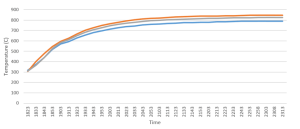
Temperature Monitoring Inside Electrical Switchboards.
Switchgear panels are used to control, protect and isolate electrical equipment, and high temperatures inside these panels can indicate a fault or failure. During the functioning stage, overheating conditions in electrical switchboards can occur due to some reasons such as overloaded circuits, unbalanced loads, and loose connections, which can reduce

The importance of design software in the switchboard industry
The importance of design software in the switchboard industry The use of software in the switchboard industry has a profound impact on improving safety, performance, and productivity. Here’s a brief overview of how software contributes to these areas: Safety: Software enhances safety in electrical systems through various mechanisms: Design

Understanding IK Testing:
Ensuring Mechanical Impact Protection for Electrical Switchboards Introduction: Electrical switchboards are vital components of electrical systems, serving as the nerve center for power distribution. Ensuring their safety and reliability is of paramount importance in various applications. One crucial aspect that contributes to their resilience is the IK test.
